Challenges of energy transition in Vietnam
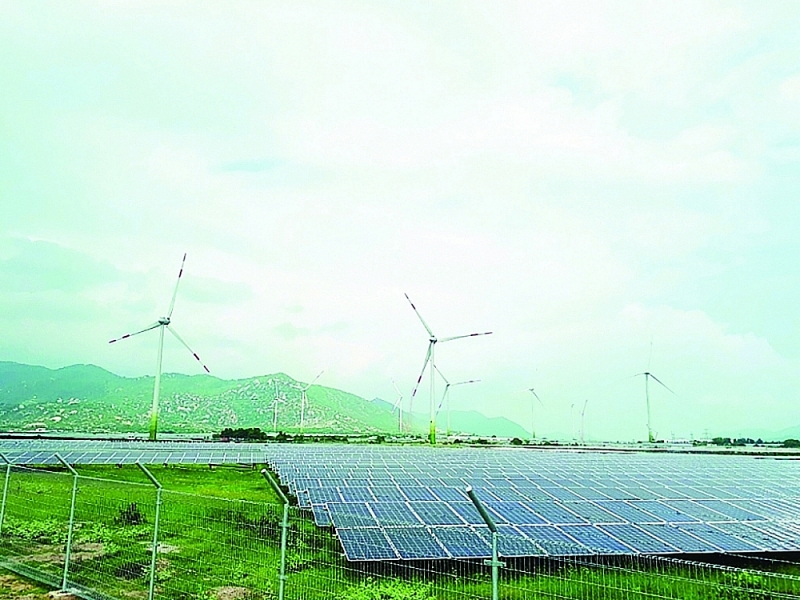 |
| Our country's energy resources are diverse and abundant, especially renewable energy. Photo: N.Thanh |
Challenges from planning and infrastructure
| According to EVN, the scale of Vietnam's electricity system with the updated installed capacity as of May 31, 2022 was 78,121 MW. In the first five months of 2022, the electricity produced by EVN and power generation corporations (including joint stock companies) reached 48.14 billion kWh, accounting for 44.18% of the electricity production of the whole system; transmission power output reached 85.39 billion kWh, up 2% over the same period last year. |
Referring to the energy transition in Vietnam, Nguyen Tai Anh, Deputy General Director of Electricity of Vietnam (EVN), said that the view on energy transition and national energy planning was consistent with Resolution 55-NQ/TW of the Politburo on orientations of Vietnam's national energy development strategy to 2030, with a vision to 2045, and the commitment of Prime Minister Pham Minh Chinh at the 26th Conference of the Parties to the United Nations Framework Convention on Climate Change (COP26) on Vietnam reaching net zero emissions by 2050. “Vietnam can absolutely do it,” said Tai Anh.
Particularly for EVN, in addition to converting the energy of existing plants using coal, EVN also prepare a system to absorb other primary and renewable energy sources. However, rapid growth has posed many challenges for the current power system.
In-depth analysis of the challenges of the electricity market with the development of renewable energy, Nguyen Duc Ninh, Director of the National Center for Dispatch of Power System (EVN) said that besides the problem of transmission line congestion, overload with 220 kV, 110 kV lines in the Central region and congestion in the North-South transmission line, currently, there were more than 200 renewable energy power plants that have not been fully deployed, due to local congestion.
“Due to the high penetration rate of renewable energy in the central and southern regions, there will be an excess of load demand, causing overload for the 500 kV line at noon. Challenges in the operation of the power system have affected the electricity market planning, as it is difficult to forecast the possibility of renewable energy in the long-term planning," said Ninh.
According to Hoang Tien Dung, Director of the Department of Electricity and Renewable Energy (Ministry of Industry and Trade), as well as favorable factors in the energy transition, Vietnam must solve difficulties and challenges in ensuring energy security while minimizing environmental impacts of power generation activities.
"The high-speed growth of the load puts pressure on the energy industry's infrastructure, requiring large investment capital and complex technical solutions," said Dung.
Similarly, according to a representative of the Institute of Energy (Ministry of Industry and Trade), Vietnam's energy transition has faced many opportunities and challenges. Energy resources in the country are diverse and abundant, especially renewable energy. Vietnam is also located in an area with favorable energy exchange potential in the region and in the world.
However, the weakness of the industry is the limited capacity and technology level, and lack of technical infrastructure and services to support repair, maintenance, and replacement of equipment. Additionally, the legal framework to create momentum for efficient use of energy, new and renewable energy is lacking in synchronization and needs to be completed.
Furthermore, the localization rate of technology in the energy industry is low, there is a lack of mechanisms to support and promote technology localization; and the competitive energy market is at an early stage, not yet synchronized.
Ensuring a continuous and stable policy
| Nguyen Ngoc Hung, Head of Energy Economics Department, Institute of Energy (Ministry of Industry and Trade): The economy's energy use models need to meet international commitments Recently, the attention and direction of the Party and State in the energy transition have helped the industry to have rapid and synchronous development in all sub-sectors. However, there is a determination to transform the energy sector and energy use models of the economy need to meet international commitments; promote green growth and circular economy development; and attract investment interest in the energy market and access to technology and capital in the trend of global energy transition, participating in the global energy value chain. The main trend in the future is to use energy efficiently; drastically reduce the use of coal and petroleum products; sharply increase wind and solar energy sources; increase the use of gas in industry; sharply increase the use of biofuels in transportation, biomass fuels in power generation and industry. Uyen Nhu (recorded) |
Sean M. Lawlor, energy expert (US Embassy in Vietnam) said that the US started the energy transition more than a decade ago. So far, coal power has been cut in half, gas power development has reached 38% of the total energy mix, and clean energy solutions have been encouraged. The Biden administration will continue this effort with a goal of installing 30 GW of offshore wind by 2030 and increasing the share of solar power to 40% of the energy mix by 2035.
“As a long-term partner, we are encouraging the Vietnamese Government to implement innovative policy solutions to attract foreign investment, promote energy transition, towards implementing the commitment that Prime Minister Pham Minh Chinh set out at COP26. The policies include direct electricity purchase and sale mechanisms, auctions, loan standards and approvals for power transmission projects and investments. The US is willing to share technology, capital, policy, and technical expertise to accompany Vietnam on this journey,” Lawlor affirmed.
From a business perspective, Nguyen Thai Ha, General Director of Energy JSC of T&T Group said that the group has been involved in the energy transition for a long time. Seeing the opportunity in investment, the enterprise actively coordinated with major foreign partners (Denmark and France) and invited them to participate in the Group's next projects through capital mobilization.
“Over the past three years, the Group has implemented a series of onshore wind and solar power projects. Renewable energy is expected to boom after the Government's commitment at COP26. Opportunities open up, but how they are realized depends on the policies and guidelines of the State.
“Therefore, to attract investment in the energy sector, enterprises need to have a guarantee of continuous, long-term policies and stable commitments. The policies need to be more specific in mobilizing capital from foreign organizations; the simplest is the power purchase agreement. We urgently need master plans on marine space, detailed instructions on installation, survey, and wind measurement to set a plan to attract investment in the future," said Ha.
According to Ninh, in the future, it will be necessary to promote the development of ancillary services and mechanisms for battery energy storage system (BESS). The BESS mechanism can act as an integrated source to provide a reserve source when there is a gap between supply and demand in the power system (unit failure, or sudden decrease in renewable energy); simultaneously, it can participate directly in the electricity market or ancillary service market.
The leader of the National Load Dispatch Center also said that it is vital to promote the implementation of commercial power load adjustment programs, to improve the responsiveness of the load based on the market; at the same time, create a new financial derivative market for electricity such as contract auction, forward market, and futures market.
"Especially, it is necessary to enhance and upgrade the information technology and training infrastructure, improve human resources to meet the new requirements of electricity system operation and market," said Ninh.
Related News

Infrastructure obstacles hold back development of enterprises
15:31 | 20/10/2024 Import-Export

Green energy goals still face many challenges
09:33 | 23/08/2024 Headlines

Transparent and stable legislation is needed to develop renewable energy
13:45 | 01/08/2024 Import-Export

Dong Nai Customs: well preparation for new border gate infrastructure projects
09:41 | 12/07/2024 Customs
Latest News
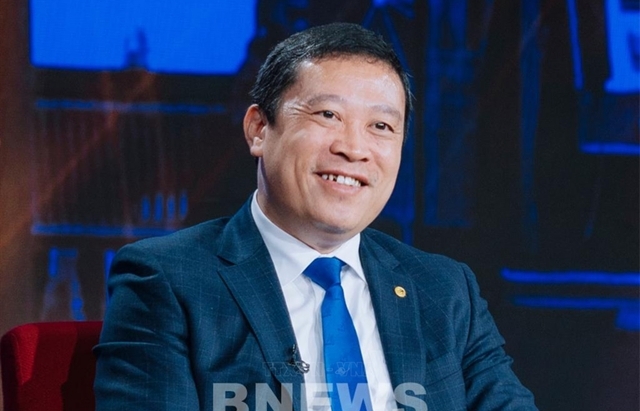
Embracing green exports: a pathway to enter global supply chains
10:33 | 20/02/2025 Import-Export
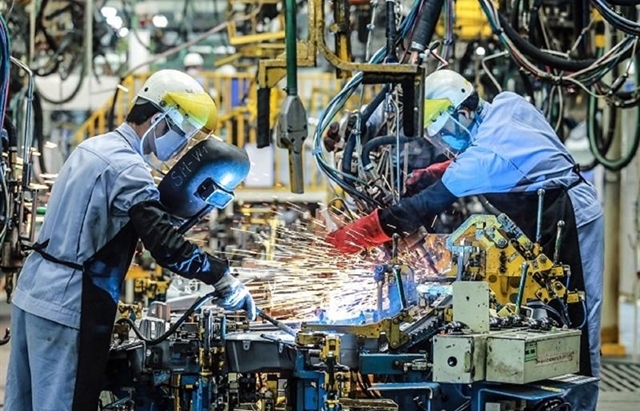
New policy proposed to prevent transfer pricing, tax evasion of FDI enterprises
10:32 | 20/02/2025 Import-Export
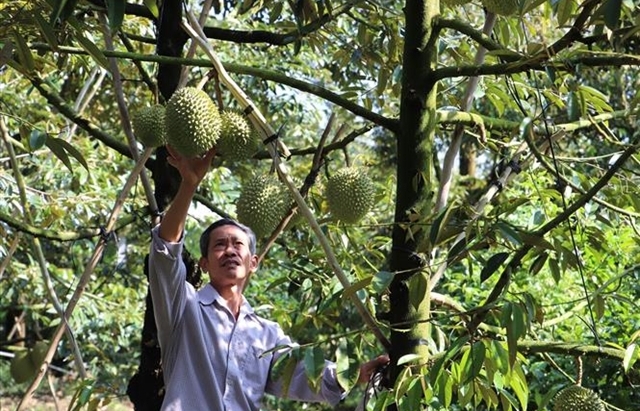
Việt Nam’s durian exports to China plummet by 80%
16:18 | 19/02/2025 Import-Export
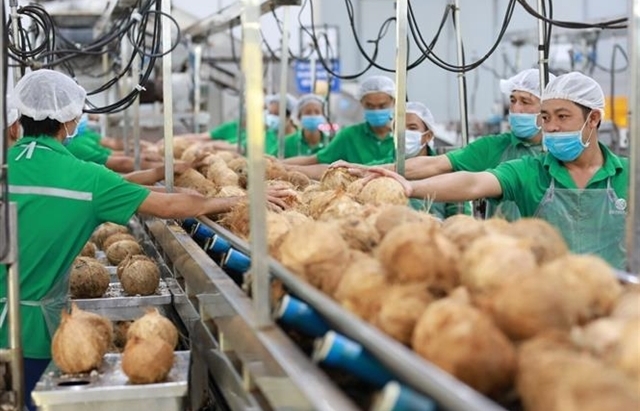
Coconut exports reach 14-year high
15:29 | 18/02/2025 Import-Export
More News

Shrimp exports grow in the first month of 2025
15:28 | 18/02/2025 Import-Export
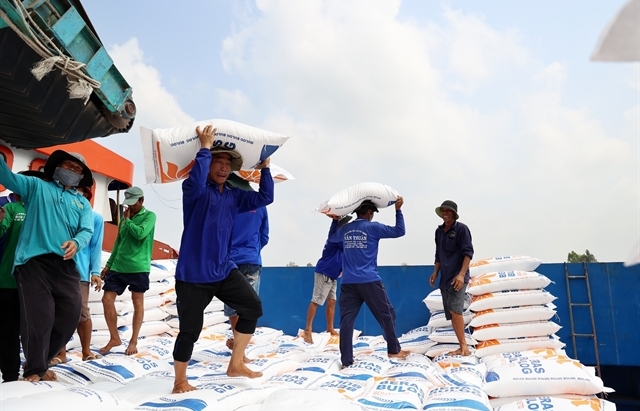
Rice export prices drop, but decline expected to be short-term
08:10 | 17/02/2025 Import-Export
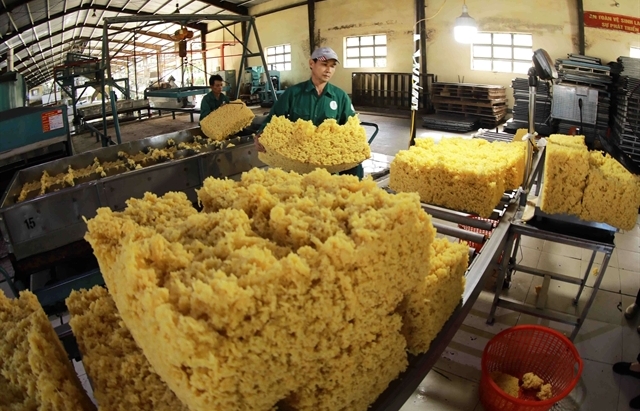
Key agro products expected to maintain export growth this year
08:08 | 17/02/2025 Import-Export
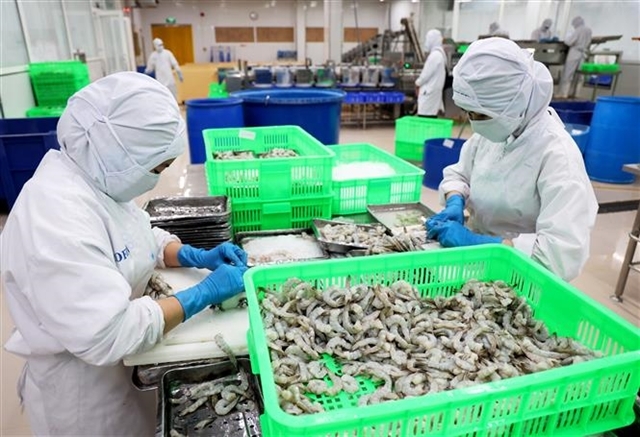
EU issues 12 warnings against Việt Nam’s food and agricultural exports
08:07 | 17/02/2025 Import-Export
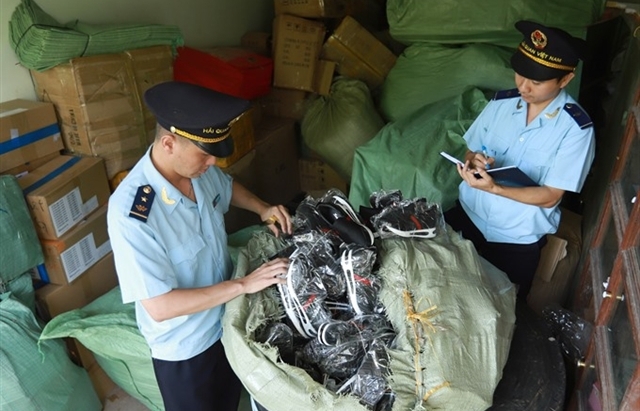
Việt Nam to impose VAT on low-value express-imported goods
08:06 | 17/02/2025 Import-Export

Exchange rate risks need attention in near future
16:31 | 15/02/2025 Import-Export
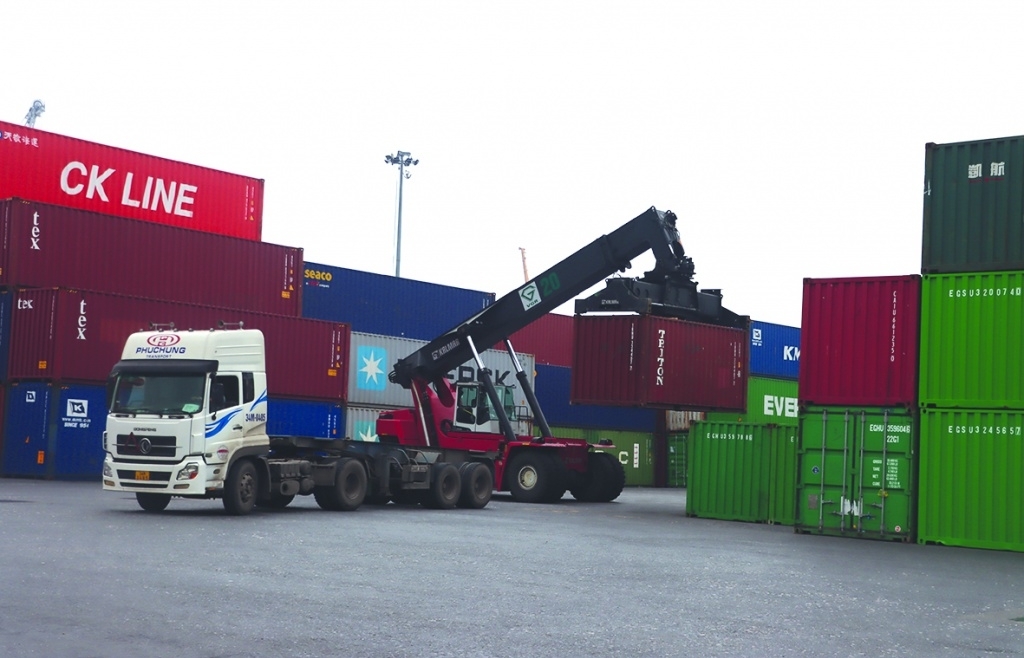
Vietnam kicked off the year with a strong start in trade, exceeding US$63 billion in the first month
16:30 | 15/02/2025 Import-Export
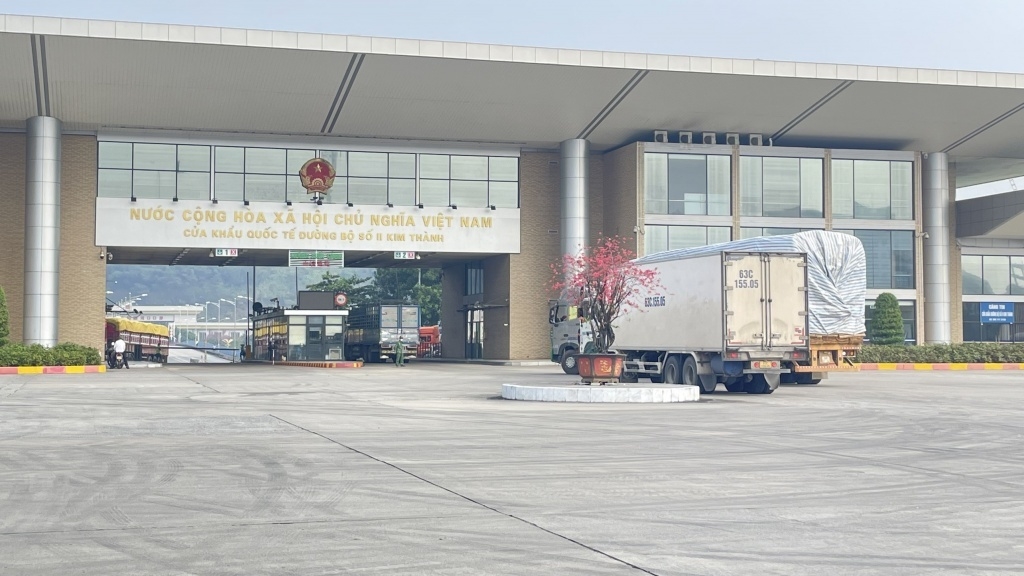
Import and export turnover reaches about US$29 billion in the second half of January 2025
14:52 | 14/02/2025 Import-Export

Market edges up slightly as liquidity remains low
14:48 | 14/02/2025 Import-Export
Your care
The system has not recorded your reading habits.
Please Login/Register so that the system can provide articles according to your reading needs.

Embracing green exports: a pathway to enter global supply chains
10:33 | 20/02/2025 Import-Export

New policy proposed to prevent transfer pricing, tax evasion of FDI enterprises
10:32 | 20/02/2025 Import-Export

Việt Nam’s durian exports to China plummet by 80%
16:18 | 19/02/2025 Import-Export

Coconut exports reach 14-year high
15:29 | 18/02/2025 Import-Export
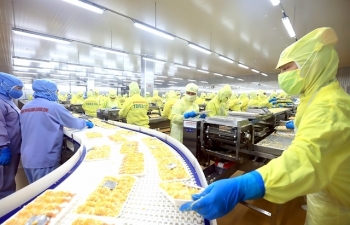
Shrimp exports grow in the first month of 2025
15:28 | 18/02/2025 Import-Export
